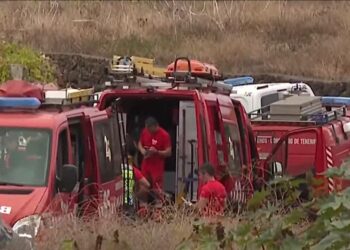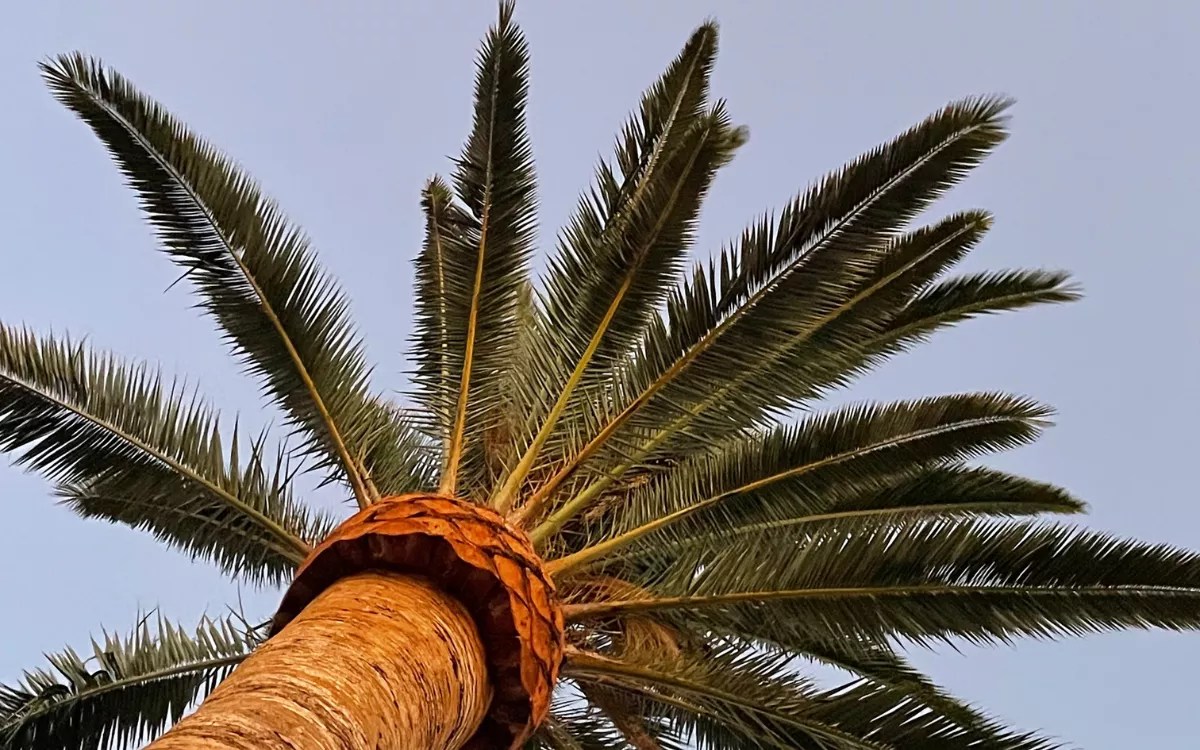Porlier Street, in the Duggi neighbourhood
Antonio Aniceto Porlier and Sopranis Ruth y Dutaris (La Laguna, 1722 – Madrid, 1813), the offspring of the French consul in Tenerife, pursued studies in Grammar, Theology, and Arts at the Convent of San Agustín de La Laguna, and later studied Philosophy at the Dominican College of Saint Thomas in France, where he also received the four minor orders.
In 1744, he commenced his studies in Law and Canon Law at the University of Alcalá in Madrid, later enrolling at the University of Salamanca three years after, where he attained a bachelor’s degree in Canons and graduated in Law, subsequently becoming a lawyer of the Royal Councils.
In 1759, following the recommendation of the Duke of Alba and after spending a considerable sum, he was appointed prosecutor protector of the indigenous people in the Royal Court of Charcas (Bolivia), where he wed María Josefa Sáenz de Asteguieta e Iribarren, whose dowry enabled him to settle the debts incurred from acquiring the aforementioned position.
After being promoted to Oidor of the Charcas audience, he was able to mitigate the injustices that officials were inflicting upon the natives, even expelling the Jesuits from the College of Juli.
In 1769, he was appointed Prosecutor of the Court of Lima (Peru) and Doctor of the Faculty of Canons at the University of San Marcos in the same capital.
In 1775, under the patronage of the Count of Floridablanca, he was summoned back to Spain to assume the role of Supreme Prosecutor in the Royal Council of the Indies, where he would go on to be named Attorney General of New Spain and Councillor of State.
He was a member of the Royal Academies of the Spanish Language, History, and the Fine Arts of San Fernando.
He established the Botanical Garden of Puerto de la Orotava in Tenerife, by Royal Decree dated August 17, 1788, along with the University of San Fernando in La Laguna, by Royal Decree dated March 11, 1792.
As director of the Royal Economic Society of Friends of the Country of Tenerife, based in La Laguna, he held this position from 1788 until his passing in 1813.
He was bestowed the title of Marquis of Bajamar by Carlos IV in 1791 and received the Knight’s Cross of the Royal Order of Carlos III, also from Carlos IV in 1792.
Towards the end of his life, Porlier found himself embroiled in a turbulent political atmosphere, as when the 1808 revolution occurred, he held honorary roles in the government of José Bonaparte, which led to him being labelled as a Frenchman, resulting in the Supreme Junta of Seville seizing his assets.
Poggi and Borsotto streets, in the Buenavista neighbourhood
Felipe Miguel Poggi y Borsotto (Santa Cruz de Tenerife, 1836-1913).
Born to parents from Genoa, residing at 54 Calle del Pilar, he served as the interim secretary and councillor of the Santa Cruz de Tenerife City Council. He was an attorney for the Court of First Instance and a Commercial Professor at the School of Commerce in this capital.
He completed his military service in the Territorial Army of the Canary Islands, where he rose to the rank of captain in the Infantry Arm (1899-1931) and was awarded the 1st Class Cross of Military Merit with a white badge as well as the Moroccan Peace Medal (1927).
He also received the Second Class Cross of the Order of Beneficence for his proactive involvement during the Yellow Fever epidemic of 1863, the Second Class Cross of the Civil Order of Beneficence for his unselfish participation during the cholera outbreak of 1893, and the Silver Medal of the Red Cross.
Among his literary works, he specialised in legend, producing notable works such as: An unfortunate love, depicting indigenous characters Guacimara and Arafo; La Rosa del Valle, set in Taganana; and The fruit of a thrust, starring the renowned “Botazo”, a lagoon man widely acknowledged for saving the life of King Felipe IV.
In his social novels, we highlight: Notes from a portfolio, revolving around the Virgin of Candelaria; Impressions from a trip to Güímar, discussing the San Pedro festivities in that town; and Hernán Peraza, Lord of La Gomera, recalling his tragic story.
In historical literature, his work Historical-Descriptive Guide to Santa Cruz de Tenerife stands out, comprising 82 chapters across 295 pages.
Poggi y Borsotto also had a fondness for painting, particularly in oil, receiving tutelage from the Palma painter Manuel González Méndez in Madrid.
Among his artworks, we note Couple of Dogs, Country Scene, Marina with fishermen, Landscape, and Peasants, which is exhibited in the Municipal Museum.
He participated in multiple exhibitions, clinching the first prize at the one held at the Ateneo de La Laguna in 1910.
He was appointed a Full Member and perpetual Secretary of the Academy of Fine Arts of Santa Cruz de Tenerife.
















